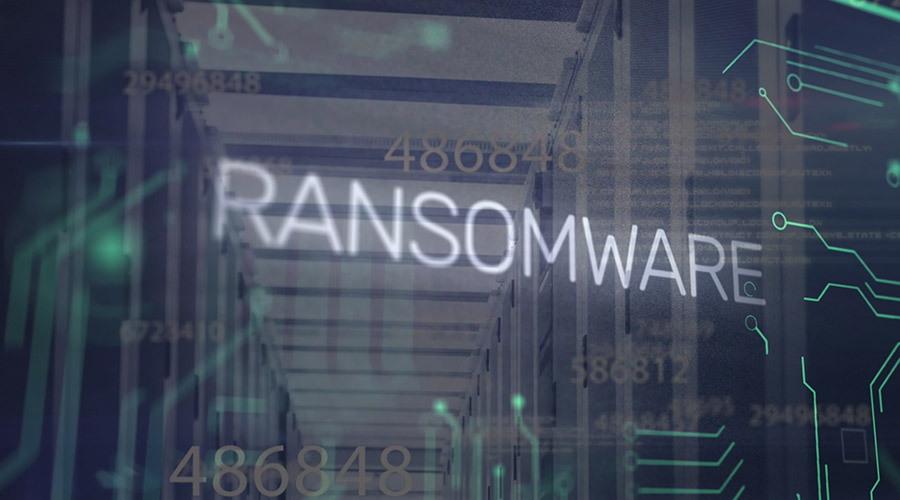The data center space has been going through significant changes over the past decade; the old paradigm of “owner-operated,” company-owned data centers has now given way to a model in which a firm may have some data centers (or none) of its own, and increasingly rely on a multi-tier hierarchy of co-location, managed services, third-party hosted, private cloud and public cloud environments.
This complexity lowers costs through economies of scale, provides scalability and growth without excessive redundancy, enhances the resilience of the infrastructure, and shifts non-core competencies to third parties. Better, faster and cheaper – but this complexity needs to be managed correctly, and safely.
The foundational building blocks which enable this new environment include DCIM (Data Center Infrastructure Management) tools. DCIM is not a single tool, but a category of tools, ranging from facilities monitoring, IT asset management, capacity planning, capacity management, dynamic/adaptive cooling and “what-if” tools to various power, environmental and IT control applications.
These tools can span the multiple environments across an organization’s hybrid portfolio, monitor, analyze, recommend and potentially even change the data center environment.
This new environment has become the norm for all industries, including healthcare. But in healthcare, there are specific nuances that need to be addressed, particularly in an environment where data storage and data processing may migrate from server to server, rack to rack, storage unit to storage unit, data center to data center, and from one country to another.
Much of the transformation in the data center environment has been to untether computing and storage from specific machines and devices. The ultimate manifestation of this transformation is at the extreme “public cloud” level of this hybrid environment where end-users, and even IT professionals, occasionally lose sight of the fact that the computing and storage are actually physically taking place on some physical device.
They are physically fed from a power source, physically managed by software and technicians, consuming physical resources with a physical “carbon footprint,” existing in a physical jurisdiction where specific laws relevant to data protection and compliance with specific regulations (such as HIPAA, PIPEDA or European data privacy acts) apply.
The bottom line in this brave new world is that we cannot ignore the physical world; it continues to exist and apply. So we need management tools that apply in the “physical world” of monitoring, protecting and managing such assets in addition to those which handle electronic security, virtualization, data migration or application migration.
Not only must each component of the process be HIPAA (etc.)-compliant, one needs to have tools which can keep track of the physical location of data and computing platforms, and be aware of legal/political boundaries (in addition to factors such as latency, reliability, redundancy, security, and power consumption).
Healthcare IT organizations leverage myriad tools in order to achieve this, but we will focus specifically on the DCIM tools monitoring and tracking the physical environment.
In addition to privacy laws, healthcare IT management is increasingly subjected to cost containment pressures by Government or by third party payers. In order to contain costs, one must monitor and track costs – and re-charge or bill appropriately.
How much does that electronic records application cost to operate, for example? If the application runs in hybrid environments ranging from internal data centers to the Cloud, how does one track all of the operating costs of that application as it may migrate between environments?
How much power did that application consume? How much CO2 is associated with this application? Answering such questions necessitates measuring the physical world.
Reliability, fault-tolerance, disaster recovery, availability, downtime and redundancy are all aspects of resilience – how resilient is the infrastructure?
When (not if) something goes wrong, is there a business impact, or is there business continuity? Is any data lost? And some applications within healthcare are literally a matter of life and death – this goes beyond mission-criticality; there are lives at stake.
In this critical environment, planning, predicting and simulating failures helps both to prepare for and to avoid them.
The ability of certain DCIM tools to simulate “What-If?” scenarios can be a critical component of this preparedness. For example, if certain equipment is temporarily taken off-line for maintenance, or as part of a migration, are there now single points of failure in the power chain?
What are the major areas at risk if a data center has gone on UPS backup or generator power? If so, what applications and what data might be affected? Is the risk manageable or recoverable?
If a device such as a big Power Distribution Unit fails on the “A” side, and the load is transferred completely on to the “B” side, is there any risk of a cascading failure?
What if two units fail? Three? How many failures need to occur before we have a significant business impact on specific applications? These are relevant and critical questions in virtually any industry, but the life-or-death implication in certain healthcare environments makes them particularly germane.
Similarly, the issues of Disaster Recovery/Continuity/Workload Overflow in healthcare need to take into account geographic and political boundaries, and the compliance of various components with regulation.
The difference is there are certain remediations that might be appropriate in other industries to specific “downside” scenarios, which are simply forbidden to health care firms
DCIM tools typically offer a rapid return on investment with demonstrated benefits to users – including those in the healthcare field.
For some healthcare firms, the mere ability of a DCIM tool to improve the availability (uptime) statistics makes it a winner. In other cases, it is DCIM’s ability to enable and guide direct, on-going cost reductions via reducing power consumption (optimizing the power chain), via reducing cooling, via decreasing allocated labor costs through increased operational efficiencies.
Thus, the virtuous circle of monitoring temperature throughout a data center, using that monitored data to identify hot-spots (undercooled and thus putting equipment at risk) and cold-spots (overcooling), remediating these via changes to the facilities infrastructure or the IT workload distribution, then raising the temperature steadily, lathering, rinsing and repeating, can lead to an average increase of ambient temperature in a data center by 4 degrees Celsius (9 degree Fahrenheit).
This can translate into a savings of 15 percent on the overall utility bill, all while reducing the risk of thermal issues, due to monitoring.
Another benefit of DCIM tools in healthcare “campus” environments is when specific data closets, data rooms, or data centers are running out of capacity. Where there is a desire to keep applications fixed in current situ, for example based on proximity to specific high-tech medical equipment, capacity constraints can quickly become an issue.
A DCIM tool can generally help data center management identify sufficient “stranded power,” or “stranded cooling,” or “stranded space” or “unused network or cabling capacity” by monitoring actual usage to forego either an expansion of an existing data room, or building a new data center.
For example, a healthcare insurer using a DCIM tool was able to cancel a new data center build-out by being able to obtain 30 percent more usage out of its existing infrastructure.
It is no coincidence that healthcare is an industry with one of the highest adoption rates of DCIM tools.
The unique requirement to track the physical world, to be cognizant of regulatory geography, to monitor compliance, coupled with the desire to reduce operating costs, while providing higher degrees of availability, make DCIM tools, with their proven track record of operational and financial benefits, a logical fit for the compliance driven healthcare industry.
Sev Onyshkevych is the chief marketing officer at FieldView Solutions.

 How Architects Shape the Future of Healthcare Facilities
How Architects Shape the Future of Healthcare Facilities UNC Health, Duke Health Form Partnership for Stand-alone Children's Hospital
UNC Health, Duke Health Form Partnership for Stand-alone Children's Hospital Sarasota Memorial Hospital Plans to Build New Facility in North Port
Sarasota Memorial Hospital Plans to Build New Facility in North Port CMMS, Data and the Path to Compliance
CMMS, Data and the Path to Compliance Healthcare is a Major Ransomware Target
Healthcare is a Major Ransomware Target